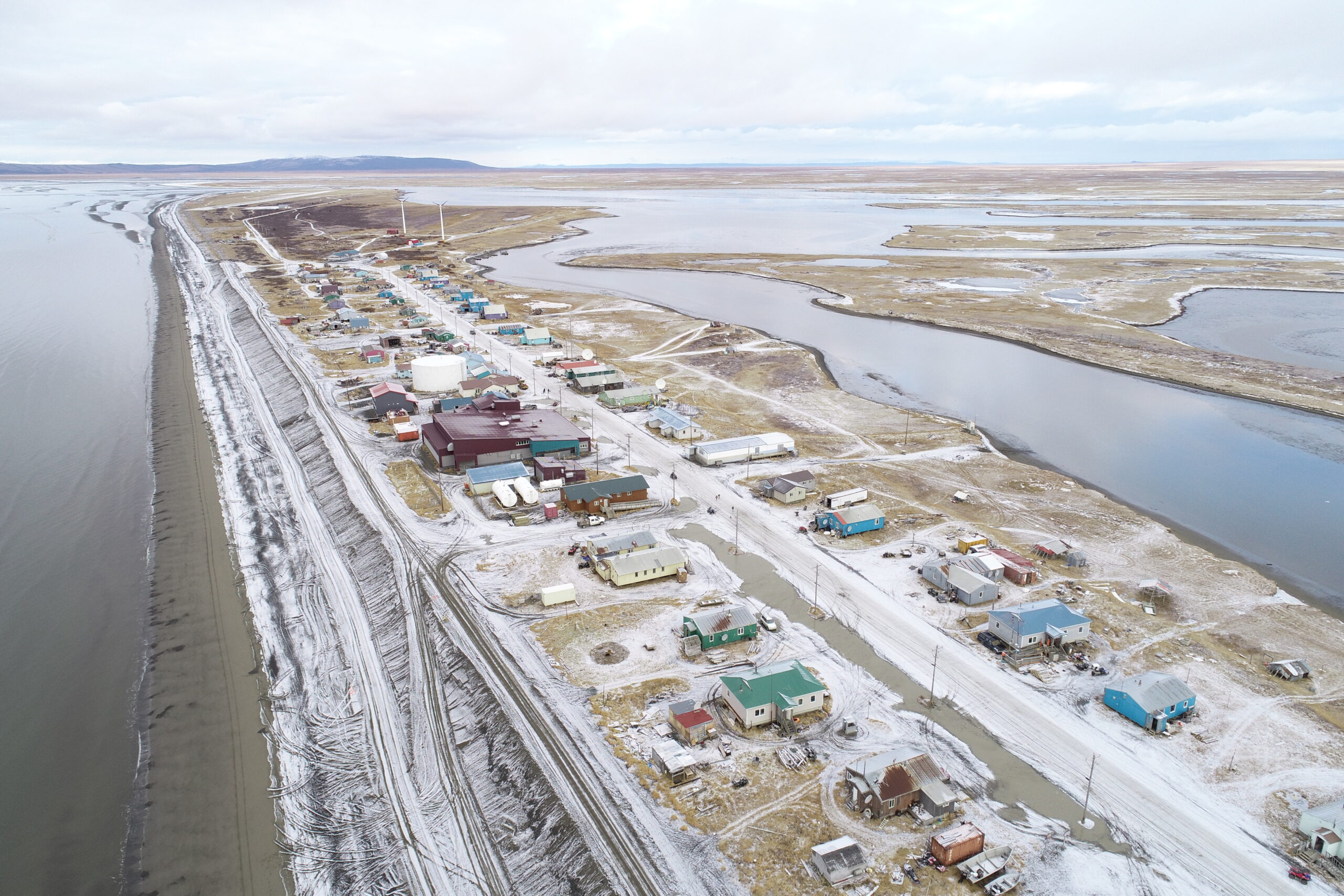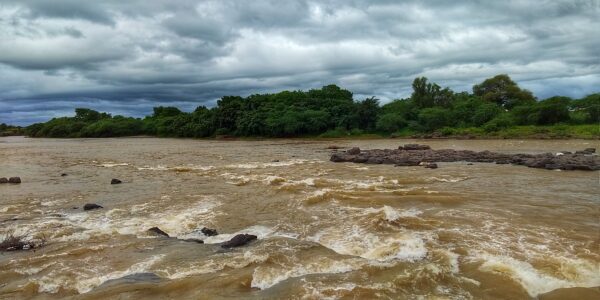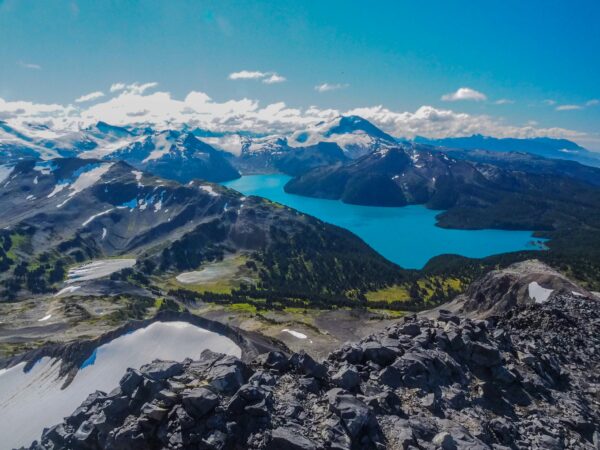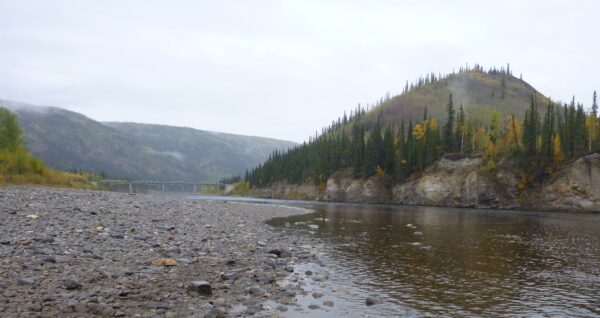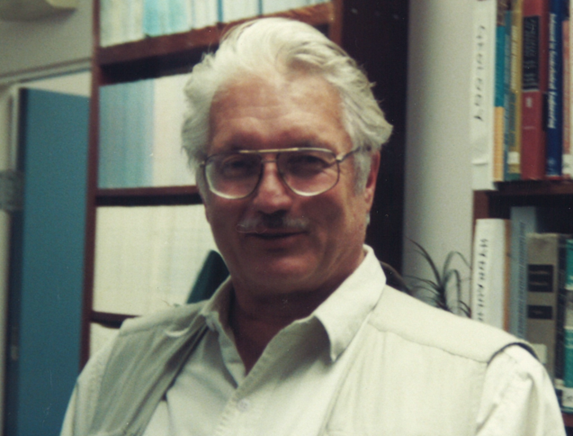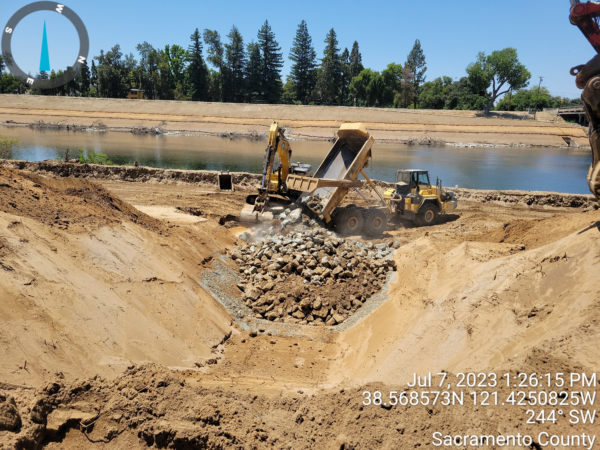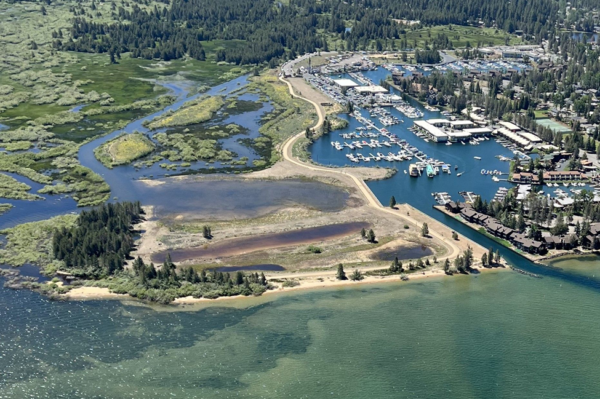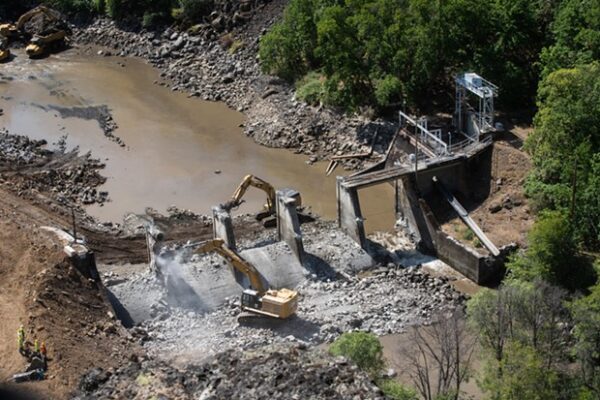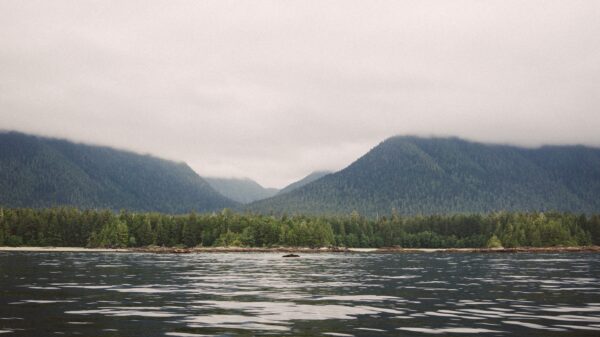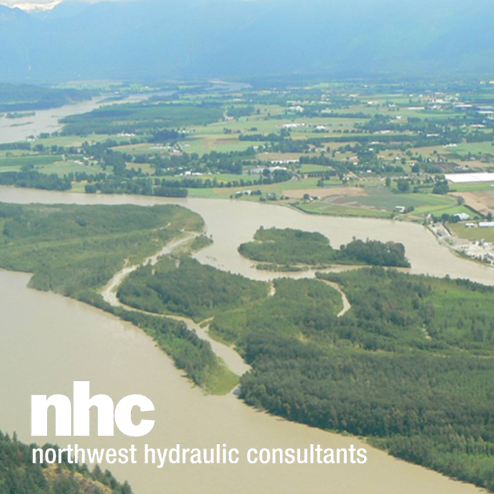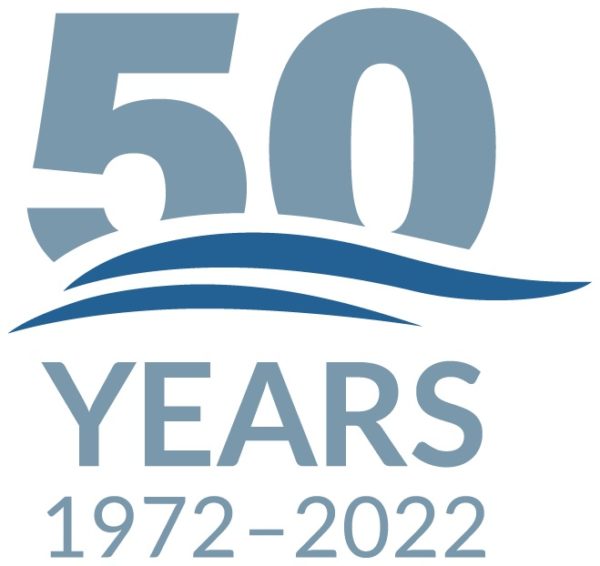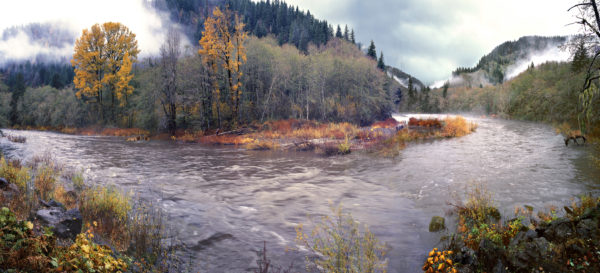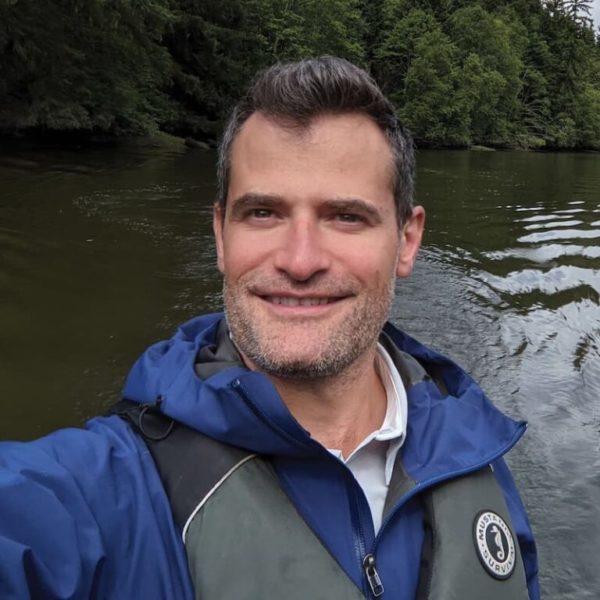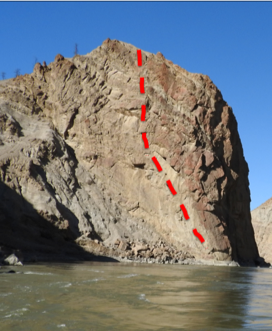How do you protect a remote coastal community in Alaska from erosion and flooding due to storms if there is no ready supply of traditional construction materials at their disposal?
At this year’s 20th International Conference on Cold Regions Engineering NHC’s Principal and Senior Geomorphologist, Phil Osborne, will be reviewing the community of Shaktoolik, Alaska’s experience with providing protection to their community with a nature-based solution that uses spit recycling. He will summarize Shaktoolik’s experience with this nature-based recycling option in terms of its benefits, limitations, and will cover other potential nature-based and grey protection options for the community.
Shaktoolik, Alaska, a remote village of 260 people located 125 miles (~200 km) east of Nome, is located on a narrow spit of land between the Tagoomenik River and the Bering Sea. The village is facing significant challenges for long-term protection of infrastructure due to the progression of natural spit processes. The village has been relocated twice in the past; however, a recent assessment concluded that the current location now also faces increasing flooding risk from both sides of the spit, and erosion from waves and storm surges, with potential to damage infrastructure.
Sandspits, which are depositional coastal landforms that form where downdrift deposition of alongshore transport ends in deep water, have often been inhabited by Indigenous communities like Shaktoolik due to proximity to subsistence food sources, and an abundance of flat land that also makes them attractive for the construction of airports, and municipal and residential infrastructure. As a result, in the short to medium term, the community has made the decision to stay and defend in place for as long as they can hold out. Out of necessity, Shaktoolik have adopted a nature-based approach, known as spit recycling, that involves borrowing sediment from the distal end of the spit where a sediment surplus exists, transporting, and placing the sediment in a berm in front of the community to provide protection. The community has taken an incremental and adaptive approach to implementing the project incorporating lessons learned from first-hand experience and supported by science and engineering studies.
Although the berm provides protection from erosion and flooding, the structure is frequently reshaped by waves requiring seasonal reconstruction. In 2022 alone, the berm was impacted by two storms in July and September which caused significant reshaping and redistribution of the sediment and resulted in the need to reconstruct twice in the same season. While the berm recycling option is relatively low cost, the community now questions the sustainability of the approach, given available sand resources and ongoing maintenance requirements and is considering other options.
During this presentation, Phil will provide a synthesis of work that has been completed by various consultants and researchers (including NHC) over the past 15 years that has improved understanding of the threats faced by Shaktoolik but also to stimulate ideas about adaptive solutions for the community to consider.
Contact Phil Osborne to learn more about this nature-based solution and its effects.
